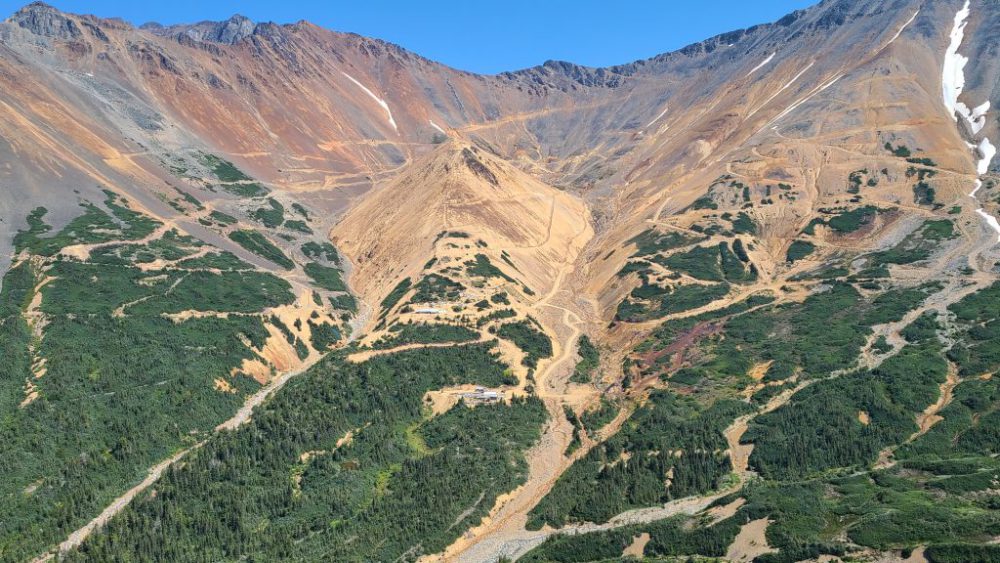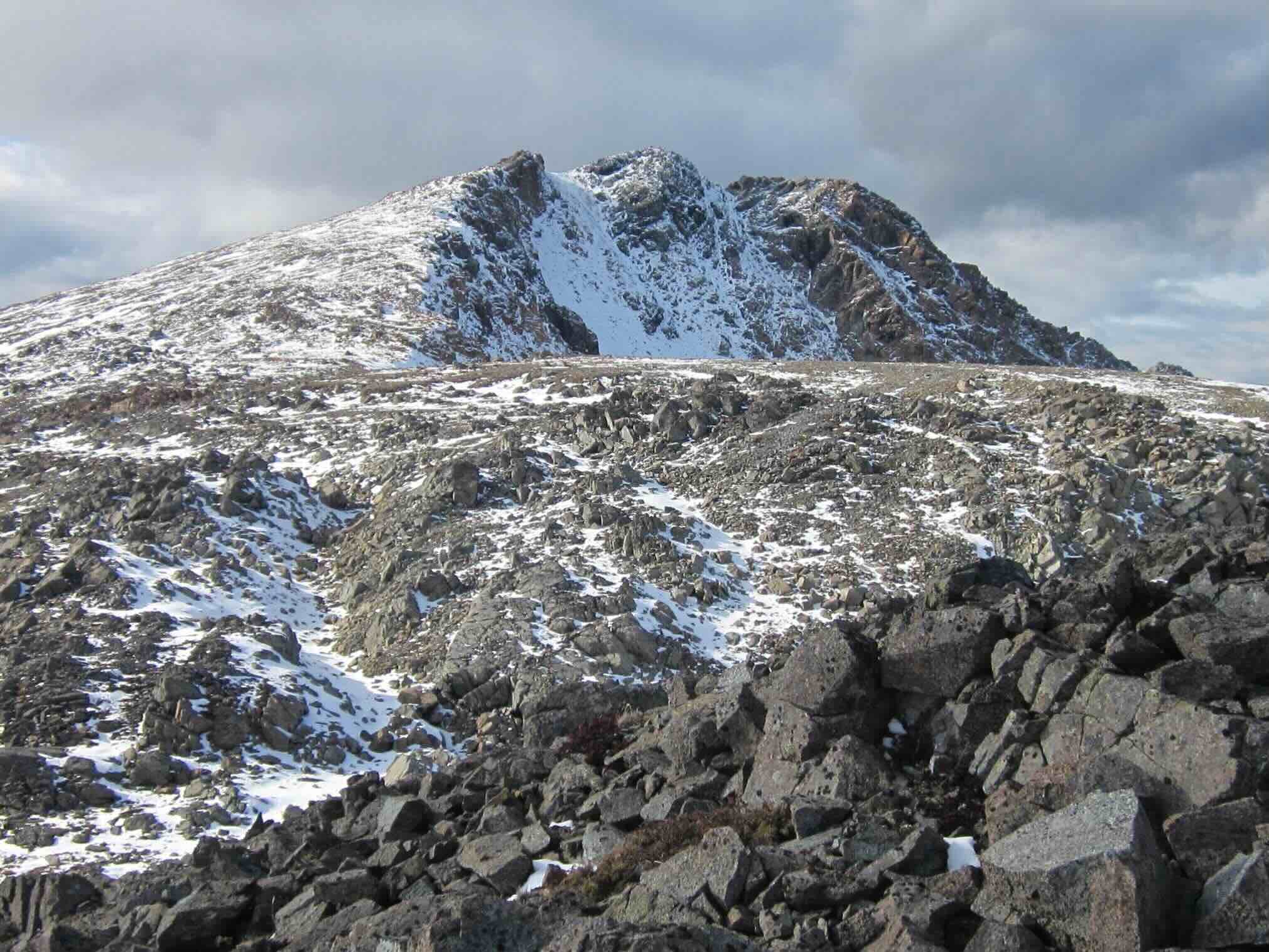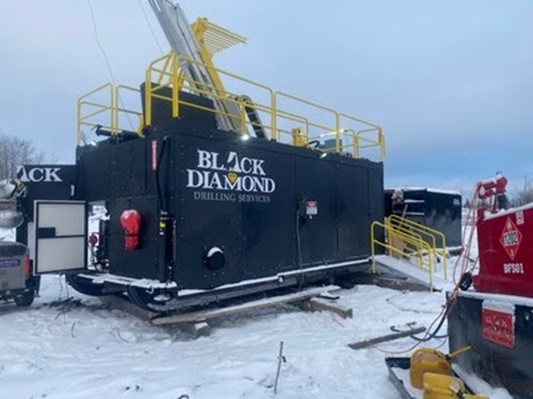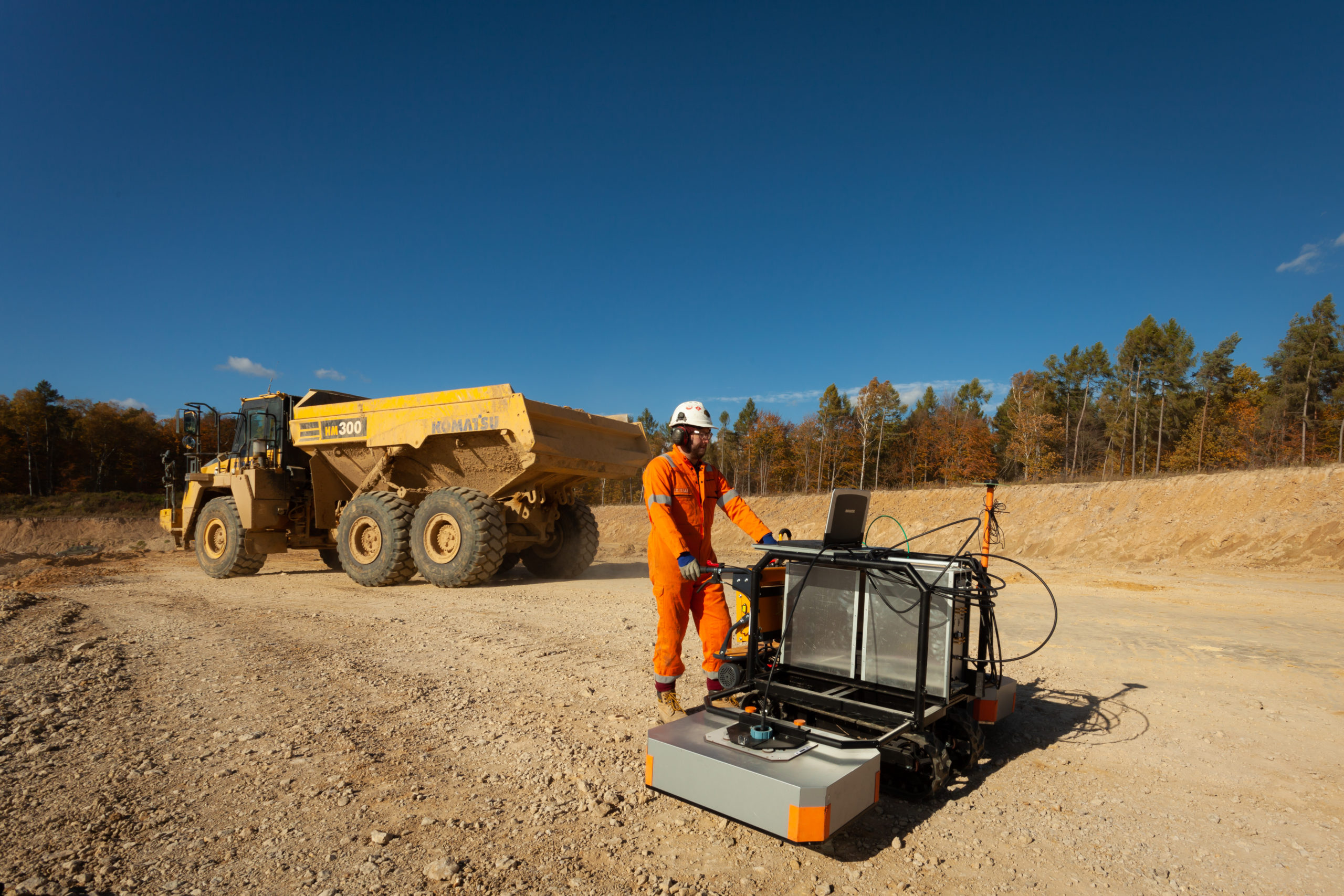Miners stand on shifting ground as Indigenous groups assert their power

Since I started my career in journalism over 15 years ago at Canadian Mining Journal’s sister publication, The Northern Miner, the conversation around Aboriginal rights and mining has changed enormously. Back in the mid-to-late aughts, conflicts between Indigenous communities and the mining sector centred on the duty to consult and the failure of government and industry to fulfill that duty.
Since then, Aboriginal rights have been confirmed in the courts again and again. And with more guidance on consultation provided by provincial governments, and more recently, the federal government’s commitment to implement UNDRIP (the United Nations Declaration on the Rights of Indigenous Peoples) into Canadian law, the conversation is now around higher-level participation – including the demand from some communities for Indigenous-led assessment processes.
There have been several Indigenous-led environmental assessments in British Columbia. The outcomes so far have been both positive and negative for industry. The one mining project that was subject to an Indigenous-led review, KGHM Polska Miedz’s Ajax copper-gold project, near Kamloops, was rejected in 2017 by the Stk’emlupsemc te Secwépemc Nation (SSN), citing its location in an area the SSN considered sacred. Provincial and federal reviews of the project echoed that decision, rejecting the project.
In Ontario, expectations for Indigenous co-leadership of a regional impact assessment of the Ring of Fire could derail the process, which is slated to begin this year (see page 36).
The power shift towards Indigenous communities is certainly being felt by the mining industry, which has valid concerns about potentially longer project timelines and greater expenses. A new book, Weaving Two Worlds: Economic Reconciliation Between Indigenous Peoples and the Resource Sector, has been released at the perfect time then for an industry that prizes certainty and is unsure of how to proceed.
An engaging and accessible read, Weaving Two Worlds encourages industry to move from being adversaries of Indigenous communities to allies, providing guidance and insights based on the authors’ years of experience in the resource sector, and their different perspectives as Indigenous and non-Indigenous people. I encourage readers to pick up a copy (www.weavingtwoworlds.com). For a preview, please check out our interview with the authors, Christy Smith and Mike McPhie, who also touch on the trend of Indigenous-led environmental assessments (see page 16).
And on a personal note, this will be my last issue of CMJ after five years at the helm. In March, I will be taking the position of Editor-in-Chief of The Northern Miner, leaving CMJ in the very capable hands of our Interim Editor Marilyn Scales. Before I go, I’d like to thank the entire small but dedicated team at CMJ for an amazing five years. The magazine is celebrating its 140th anniversary this year and its longevity is no accident. It’s been a pleasure and a privilege to work with you, and to continually raise our own standards in reflection of the mining community we serve.
To our readers, contributors and contacts across the industry, thank you for your support and your feedback over the years. Please feel free to keep in touch with me at ahiyate@northernminer.com.





Comments